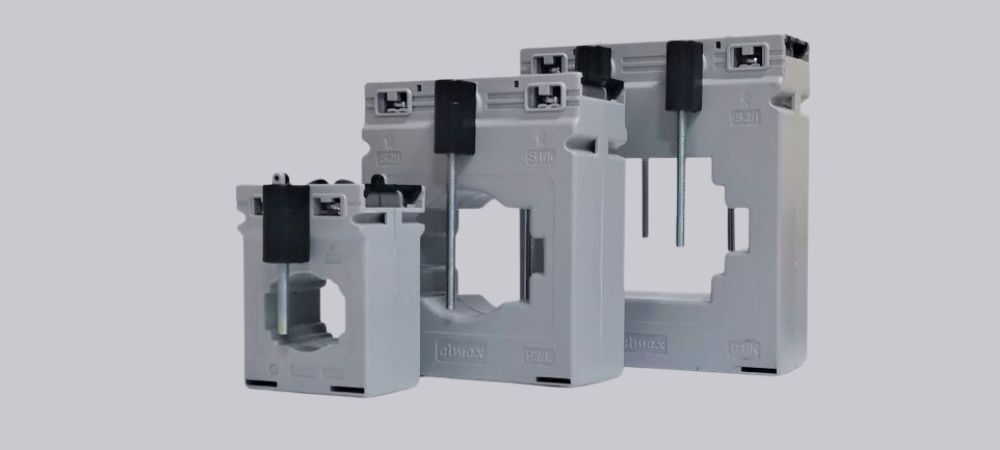What is Current Transducer
How does the current transducer work?
The current goes in, usually it is current, voltage, frequency, power, etc. Then the sensitive component will detect the electrical parameter and give a signal. After that the signal will be passed to the conversion component, which can convert the signal to a small current signal. Then it will be passed to a conversion circuit, which processes the small current signal and provides an industrial standard electrical signal, usually 0-5V, 4-20mA, RS485.
At the end the output signal goes to terminal equipment, such as display, PLC, alarm unit, automation control, etc. The current transducer usually has a power circuit, which provides the power to the conversion component and conversion circuit.
Why is the current transducer important in many different industry systems?
Isolated function.
In the design of the current transducer, the input current is absolutely isolated from output current. As in the industry environment, there are a lot of interferences which cause measurement signals to be inaccurate. Using a current transducer can get rid of the interferences, so the output signal can fully represent the measured signal.
Conversion function.
Current transducers can convert any non-standard electrical current to industrial standard electrical signal, which is much easier for terminal equipment use.
Enhance signal for long distance transfer.
Current transducers can enhance weak current to easily-received standard signals, so the output signal can be transferred for long distance, such as 4-20mA signal can be transferred up to 1000 meters.
Safety function.
When the current transducer suffers high voltage or current impact, it will go into protection mode, cut off the conversion process, totally isolate between input and output. So that it will keep the safety of terminal equipment, and keep the whole system safe.
A power system requires some form of instrumentation to monitor and control its operation. In the past, this function has been performed by electro-mechanical devices. With these devices their use was limited by being confined to close to the point of measurement. Replacing these mechanical devices with their electronic equivalents has allowed the monitoring system to become more versatile. A modern system usually involves the transmission of information from the point of measurement to other points where this data is processed, recorded and used to control the system parameters. The conversion and transmission of physical parameters in the system requires the use of transducers at the points of measurement. These transducers act as the interface between the power system and the measurement system. Current transducers are specific transducers for converting the raw voltage and current in a power system into useful and meaningful electrical signals which can be used in and transmitted about the measurement system. The inputs to these devices are usually currents and voltages from instrument transformers such as current transformers (CTs) and voltage transformers (VTs) whilst the outputs are standardized DC currents (0-5V or 4-20mA) or digital signals (RS485).


0 Comments